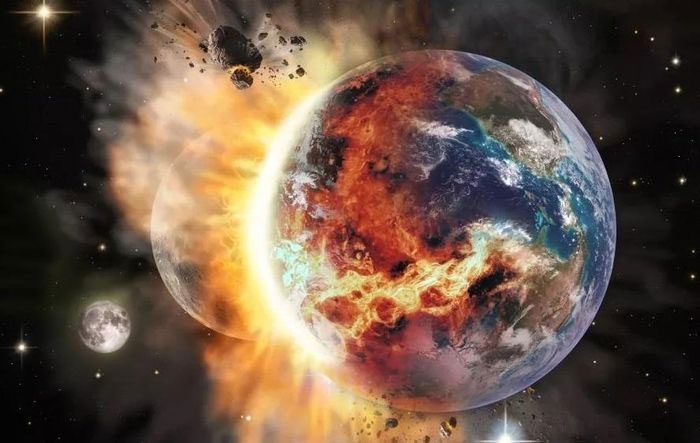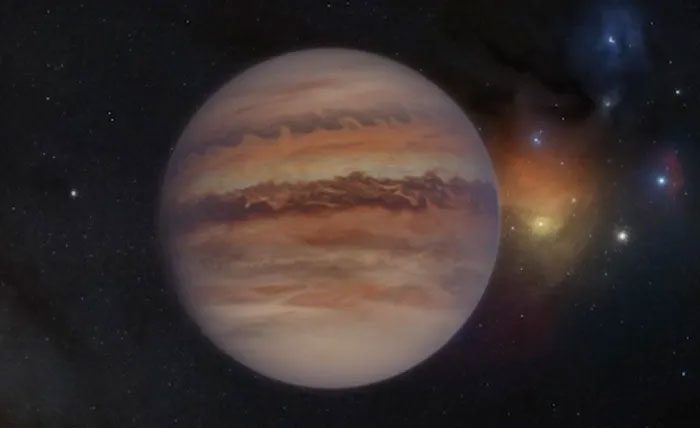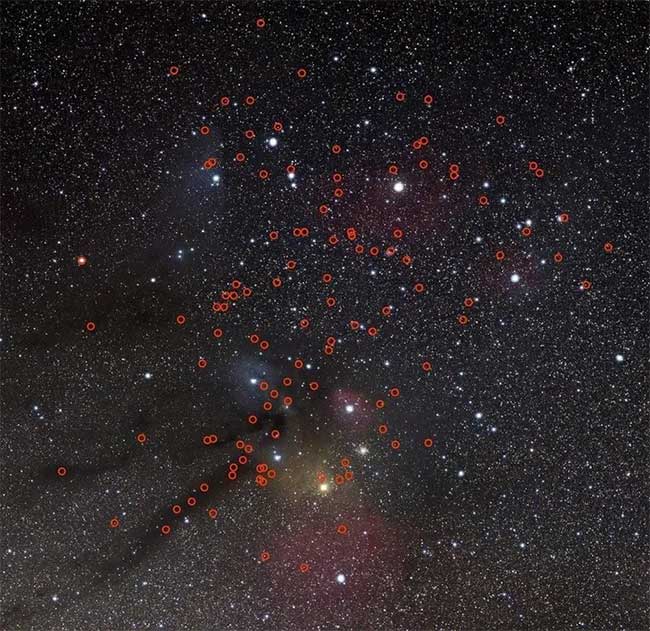Collisions with rogue planets could completely destroy Earth. The mere presence of such planets in the Solar System can alter the orbits of all other planets.
Unlike Earth and the planets that orbit the Sun, there are billions of rogue planets scattered throughout the Milky Way galaxy that are not bound to any host star.

Illustration of Earth colliding with a rogue planet. (Image: NASA/Newsweek).
However, one question scientists discuss is what would happen if a rogue planet entered the Solar System, or even approached Earth closely. According to What If, a rogue planet has been detected at the edge of the Solar System.
What is a Rogue Planet?
In contrast to planets orbiting the Sun, rogue planets are celestial bodies that move freely between stars and do not orbit any host star.
When formed, gravitational forces can cause planets to collide. Such collisions can eject a planet from its host star’s orbit, turning it into a rogue planet.
In 2015, scientists in Canada published research suggesting that there was a gas giant in the Solar System over 4 billion years ago, but it showed signs of being “kicked out of orbit” by Jupiter after collisions, according to Science Alert.
Additionally, rogue planets can also originate from stars that failed to ignite, making them become lonely gas giants.

Illustration of a rogue planet in the Rho Ophiuchi star cluster. (Image: Newsweek).
Scientists are unsure how many rogue planets exist in the Milky Way galaxy, as these planets are hard to observe due to their lack of emitted light. However, the estimated number could reach billions, according to Newsweek.
Unwanted Scenarios
In 2018, scientists discovered a rogue planet just 20 light-years from Earth, which is over 13 times larger than Jupiter – the largest planet in the Solar System (61.42 billion km2). In comparison, Earth’s area is about 510 million km2.
Scientists have raised scenarios about whether rogue planets could enter the Solar System or even collide with Earth.
With an area thousands of times larger than Earth, a rogue planet could travel at speeds of hundreds of kilometers per second. A direct collision would completely destroy Earth.
However, the scientific community also notes that the scale of the Solar System is quite large. In the event of no collision, a rogue planet would still disrupt the orbits of all planets in the Solar System. The gravitational force of a planet larger than 770 billion km2 would cause the orbits in the Solar System to become more elliptical.
This would result in Earth orbiting in a narrower region of the Solar System. While humans could still survive, the proximity to the Sun would make summers shorter and extremely hot, alongside prolonged and frigid winters.

Over 100 locations are believed by scientists to host rogue planets (marked in red). Astronomers estimate there are billions of rogue planets in the galaxy. (Image: Universal Science).
Earth may enter the next ice age. Instead of global warming, humanity would be concerned about a “global cooling.”
However, alongside these hypothetical scenarios, scientists also mention the reality that there are many objects in space, and the chance of a rogue planet posing a threat to Earth is low.
“I estimate that in the next 1,000 years, the chance of a rogue planet approaching Earth, rather than Mars or Venus, is one in 2 trillion,” said Garrett Brown, an astronomer at the University of Toronto (Canada).
Michael Zemcov, an associate professor of physics at the Rochester Institute of Technology, stated that it is surprising that the Solar System has remained stable for over 4.5 billion years, as the gravitational forces and magnetic fields of planets like Jupiter could have ejected other planets from their orbits, turning them into rogue planets.


















































